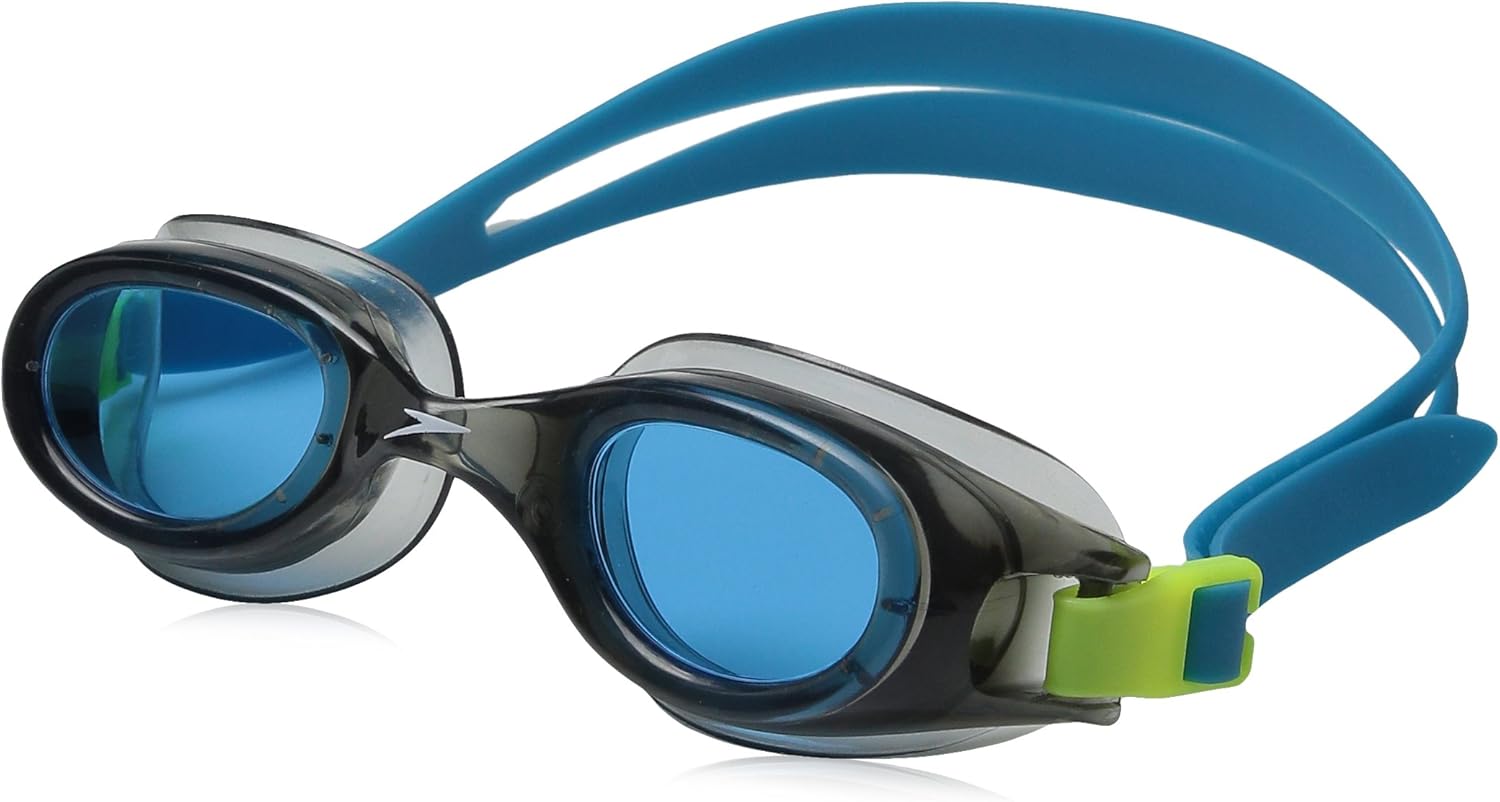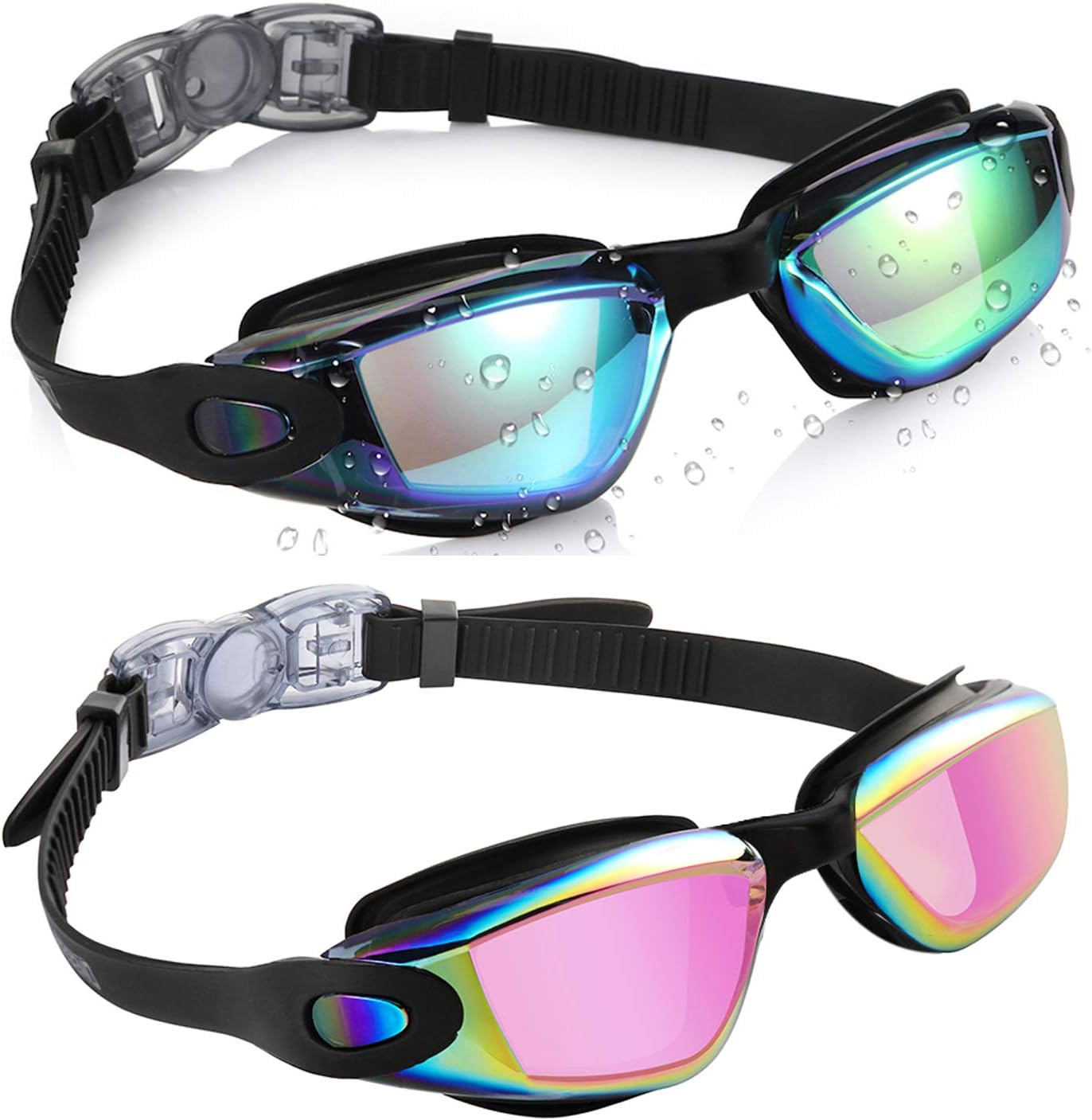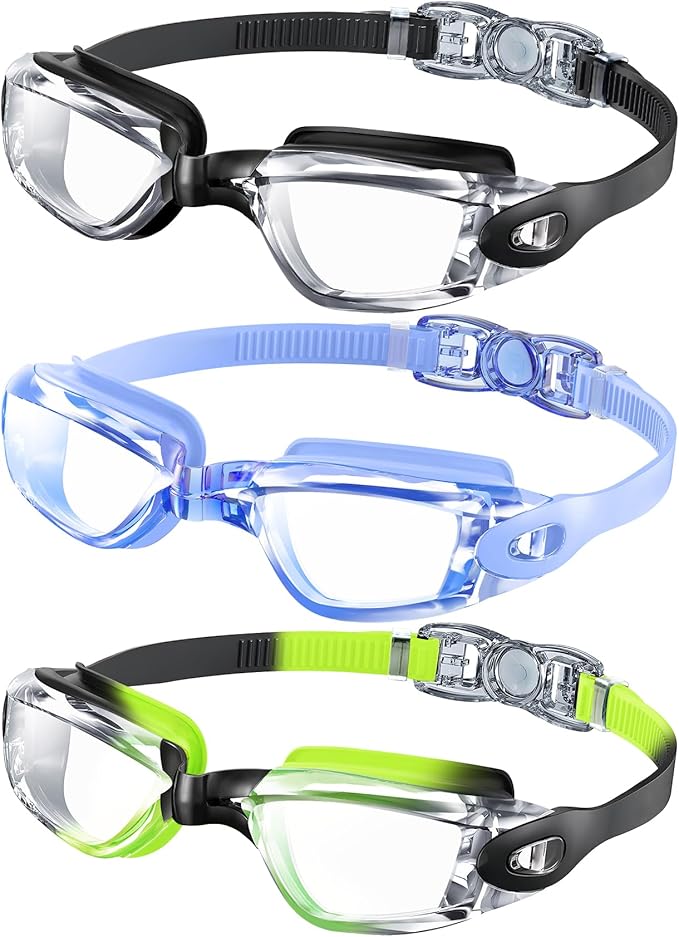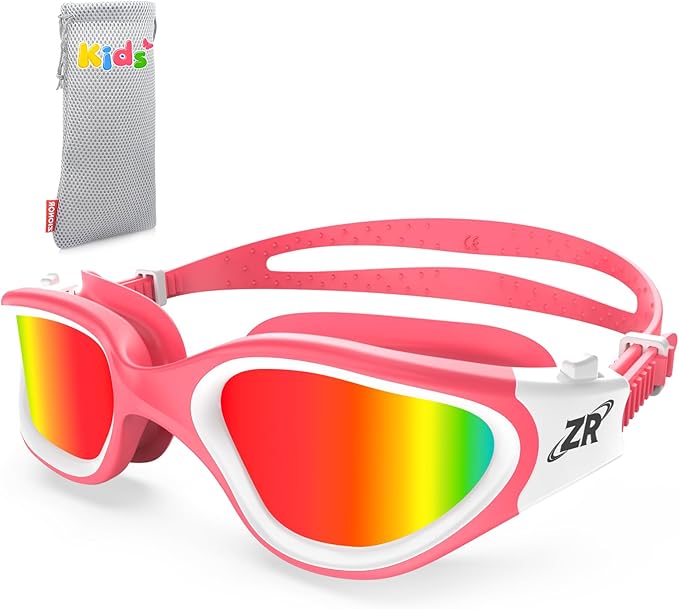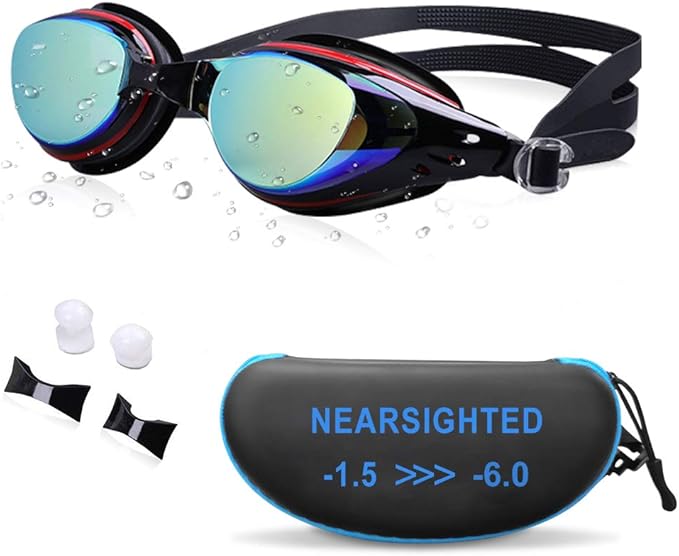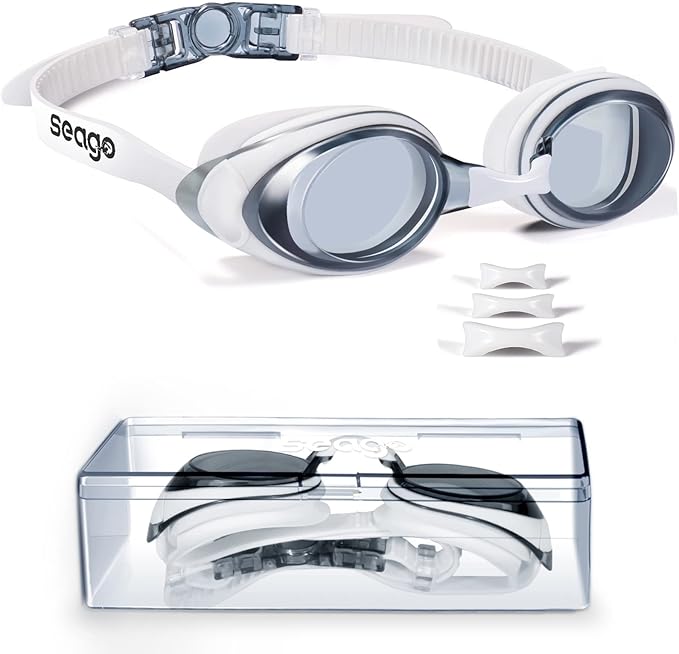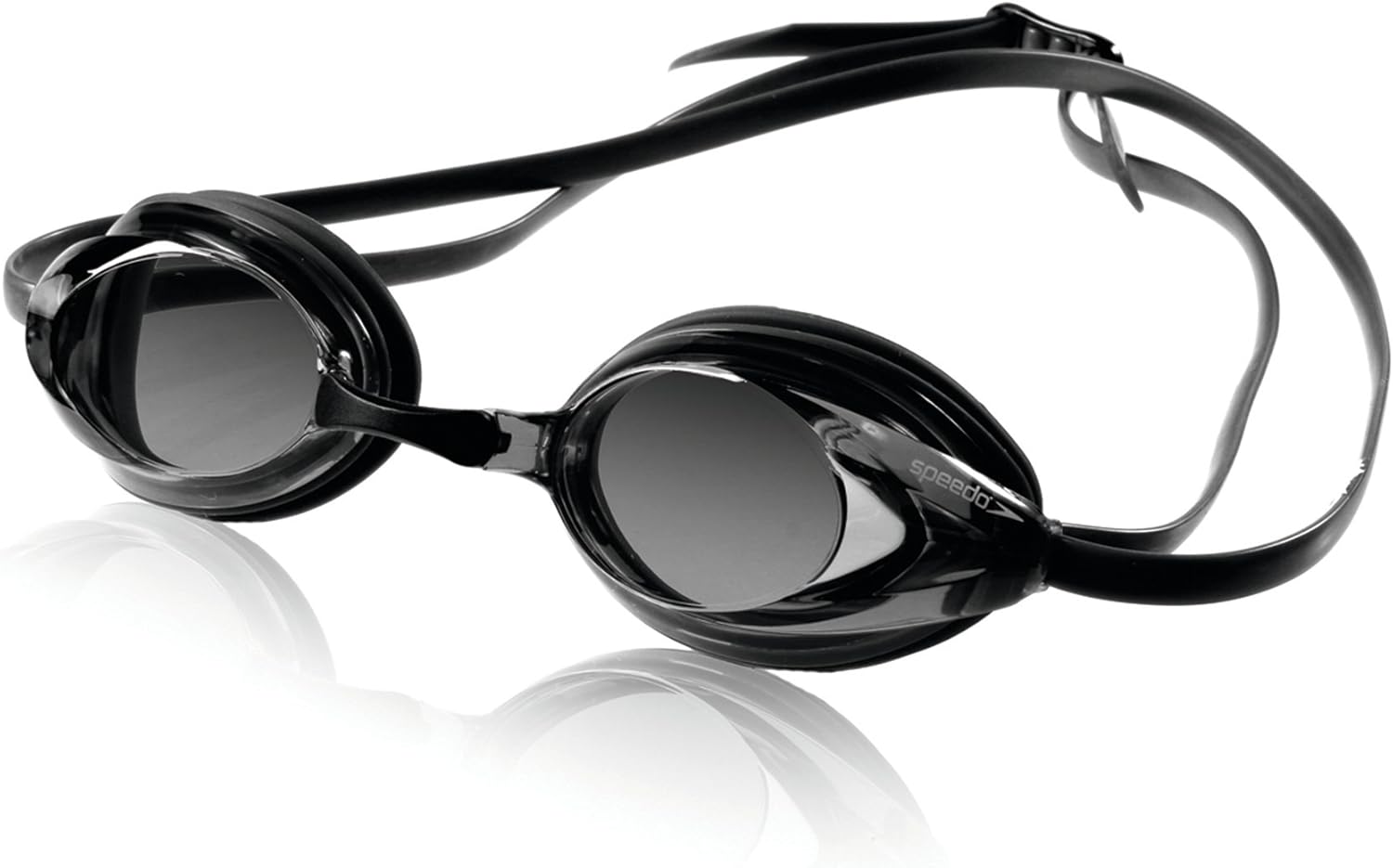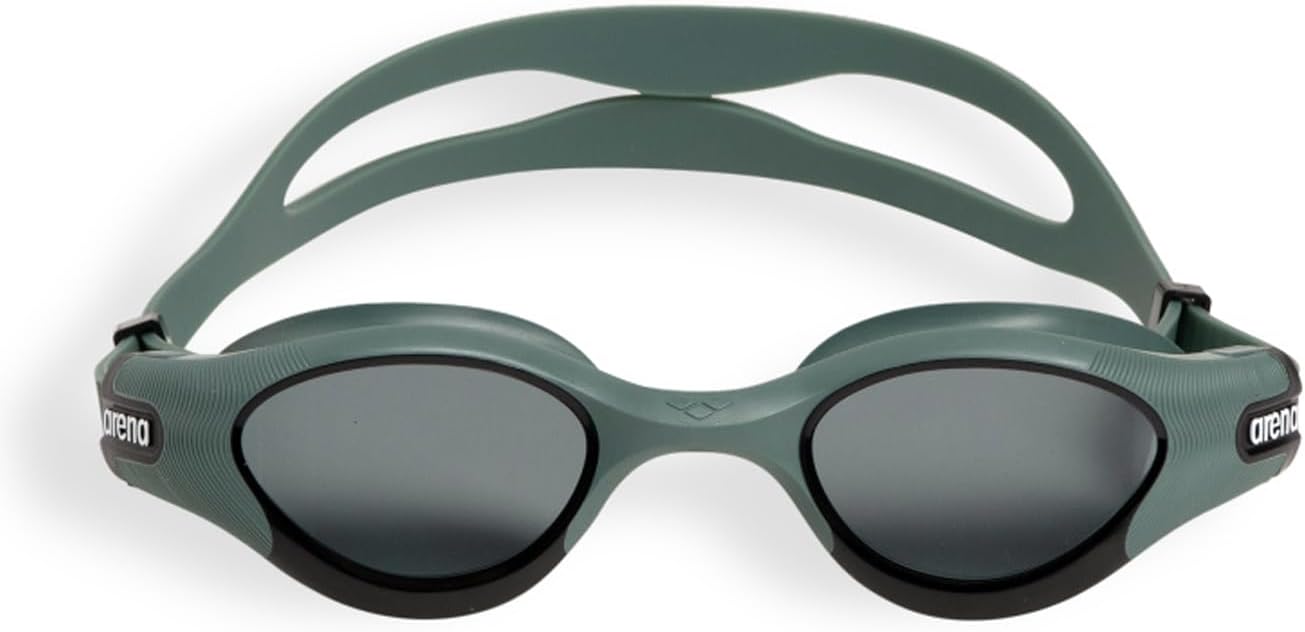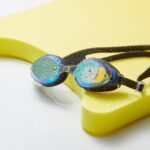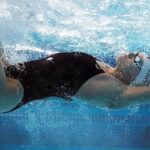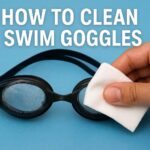How To Wear Swimming Goggles – A Complete Expert Guide
Suppose you’ve ever tried putting on goggles and ended up looking like you wrestled an octopus instead of preparing for a swim. In that case, you already understand why it is important to know how to wear swimming goggles correctly.
The truth is, goggles seem simple, but wear them the wrong way and you’ll either be half-blind underwater, spring a leak around your eyes, or feel like your head is being squeezed in a medieval torture device.
How to Wear Swimming Goggles Correctly
Here’s the precise step-by-step method every swimmer, from a casual pool splasher to a competitive athlete, should know:
- Start with a clean, dry face. Oils, sunscreen, or even a strand of hair can break the seal.
- Seat the goggle cups gently over your eyes before using the strap. Press them lightly against the skin to test suction. If they stick momentarily, you’ve got the right fit.
- Pull the strap over the back of your head. For dual straps, place one slightly higher and the other lower for stability. The strap should sit just above your ears, not low on your neck.
- Adjust tension carefully. Most people overtighten. Goggles should feel snug, not painful. If you see deep marks after five minutes, loosen them.
- Do a quick water test. Submerge your face, shake gently, and confirm no leaks. If water seeps in, re-check hair, strap height, or nose bridge width.
- Keep the lenses dry inside. Don’t rub or wipe the anti-fog coating. Rinse in cool water after swimming and let them air dry.
That’s it. This is the foundation.
Why Goggles Leak and How to Fix It
One of the biggest frustrations for swimmers is persistent leaks. A leaky pair of goggles can ruin an otherwise enjoyable swim. The culprit is rarely “bad goggles”: it’s usually placement, strap height, or a poor face seal.
- Seal issues: Hair or cap edges trapped under the gasket are the most common causes. Always smooth hair back and tuck it fully under your swim cap.
- Nose bridge mismatch: If goggles are too wide, water will seep in at the corners. If too narrow, they pinch uncomfortably. Most adjustable goggles come with spare bridges: experiment until you find a neutral fit.
- Strap placement: Keep straps angled slightly upward, not horizontally across the widest part of the head.
If you’re unsure, refer to a swim goggle size chart. These guides show how different eye sockets, nose widths, and face shapes align with available designs. Using them can eliminate half of your fit problems before you even step onto the pool deck.
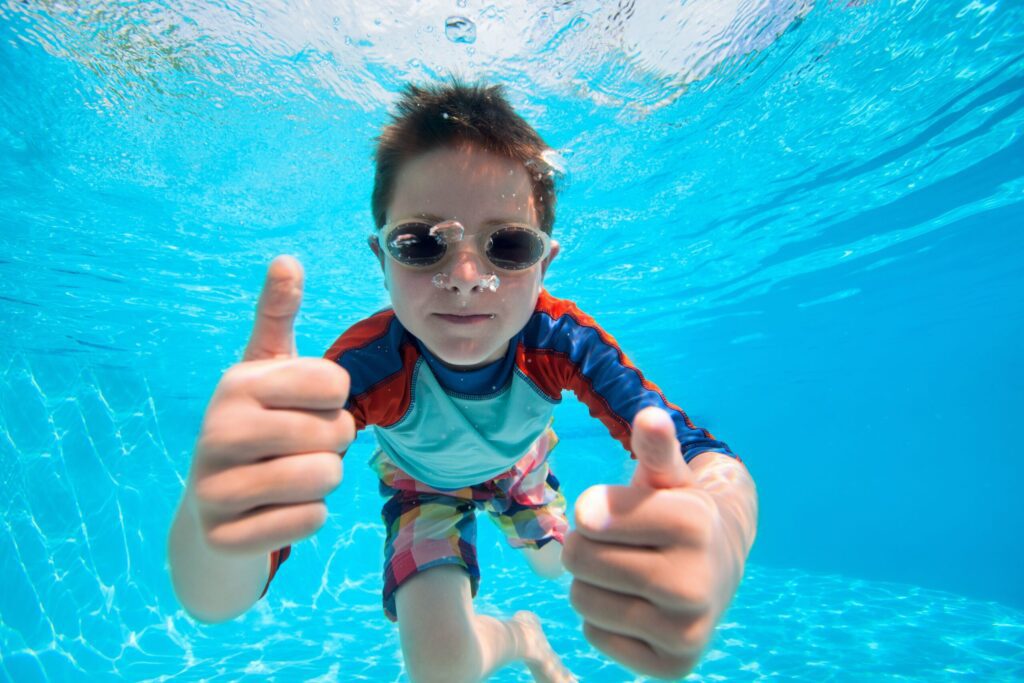
Strap Setup: Single vs. Dual Straps
Single-strap goggles are fine for casual swimmers, but dual straps provide stability, especially for dives or flip turns. Competitive swimmers know this difference well.
- Single strap: Simple, faster to adjust, good for kids or recreational swimming.
- Dual strap: Split across the crown of the head for grip during vigorous laps or races.
Knowing how to loosen Speedo goggles is essential too, because over-tightening is the main reason people get raccoon eyes and headaches. Most Speedo goggles have side buckles or pull tabs; you don’t need Hulk-level strength. Pull gently until the strap clicks into place, and release one notch if the seal is too tight.
RELATED: How to choose swimming goggles
Fog-Free Vision: The Eternal Battle
Even the best goggles for swimming will fog if you treat them wrong. Fogging happens because warm air from your face condenses inside the cooler lens.
Solutions:
- Rinse goggles with cool water before use.
- Never rub the inner lens, as it removes the anti-fog layer.
- If the coating fades, use approved anti-fog sprays or drops, not toothpaste or spit (both ruin lenses).
- Keep them on your face once fitted. Taking them off mid-swim allows heat and humidity inside.
Comfort and Preventing Pressure Marks
Wearing goggles shouldn’t feel like clamping a vise on your face. Pressure headaches are caused by two mistakes: overtightened straps and shallow gaskets on bone-heavy eye sockets.
If you consistently get red marks, try switching to another types of swimming goggles. For example:
- Swedish goggles (low-profile racing goggles) fit snug but can be harsh on sensitive skin.
- Cushioned silicone gasket goggles spread pressure better for longer swims.
The “what size swim goggles do I need” question comes down to both lens width and gasket depth. If your eyes feel bruised after a session, the size isn’t right.
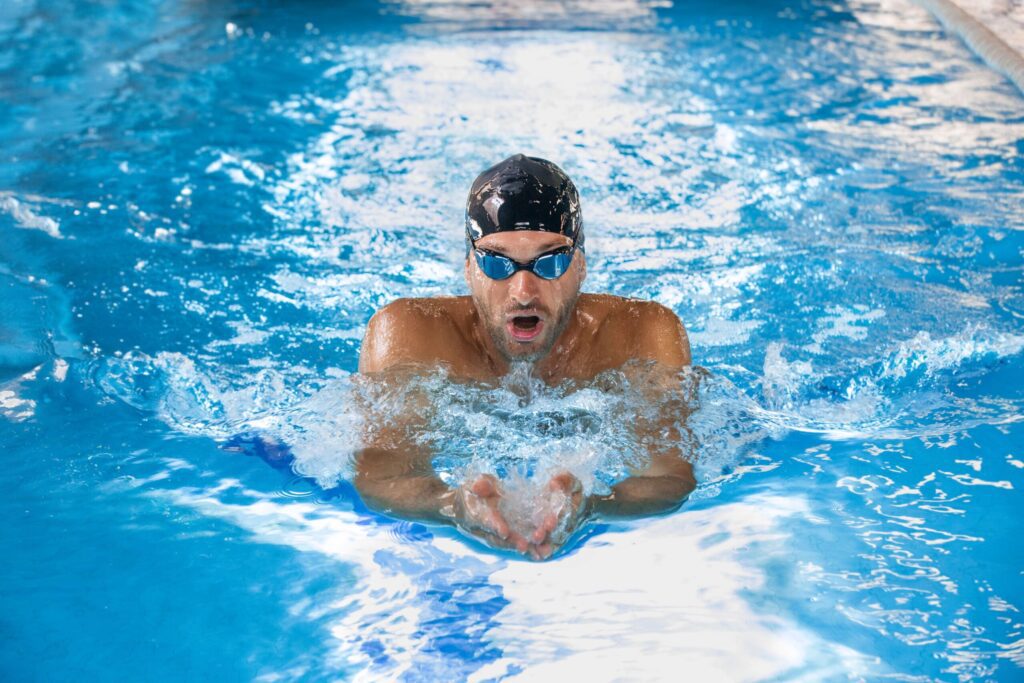
Wearing Goggles with Swim Caps and Long Hair
Swimmers with long hair often face leaks because stray strands slip under the gasket. The fix is straightforward:
- Put on your cap first, covering all hair completely.
- Position goggles afterward, pressing the gasket against smooth skin and cap material.
- Check corners carefully, one trapped strand can ruin the seal.
This order also prevents straps from snagging hair during removal.
|
|
|
|
Teaching Kids to Wear Goggles
Parents struggle when children refuse goggles, either because of discomfort or fear of water pressure. A gentle method works best:
- Start on land, letting them press cups lightly against their face.
- Make a game of suction without straps.
- Add straps after they’re comfortable.
- Begin with short, fun swims, don’t demand long wear immediately.
This patient approach builds confidence and prevents the “goggles hurt” mindset.
Open Water vs. Pool Adjustments
Open water introduces waves, glare, and longer wear times. Goggles here need firmer straps and UV-protected lenses. Polarized or mirrored finishes help against sunlight, while amber lenses improve vision on cloudy days.
Unlike pool swimming, where you may prefer looser comfort, open water requires slightly more tension to stop dislodgement in waves.
Racing Starts and Flip Turns
Competitive swimmers have an additional problem: keeping goggles on after a dive or flip. The trick is:
- Use dual straps, one high and one low.
- Wear the first strap under your swim cap, then layer a second race cap over the top.
- Press goggles firmly just before the dive.
This technique nearly eliminates mid-race disasters.
Skin Safety and Hygiene
Eye irritation and infections are real risks if goggles are not maintained. Always rinse goggles in fresh water after each session, air-dry them out of direct sunlight, and never share them.
Gasket materials degrade from chlorine, so replace them once they lose flexibility. On average, training goggles last three to six months with daily use.
Makeup, Sunscreen, and Lashes
Makeup and sunscreen often sabotage seals. Oil-based products cause slipping, while mascara can smear into lenses. Apply sunscreen at least 20 minutes before swimming, keeping it away from the eye area. If you have eyelash extensions, choose deeper-cup goggles to prevent lash rubbing.
Prescription Goggles
|
|
|
|
For those who need vision correction, prescription goggles are available in various diopters. Always round down slightly from your eyeglass prescription because water naturally magnifies vision. A short test swim is essential to confirm clarity and avoid dizziness.
Quick Fixes When Time Is Short
If goggles leak right before a race or workout:
- Dip them quickly in fresh water.
- Reset just the leaking cup.
- Lift strap one notch higher.
- Sweep away trapped hair.
Ten seconds is enough to restore function.
When to Replace Goggles
There’s no universal timeline, but signs include:
- Lenses becoming cloudy despite cleaning.
- Gaskets hardening or cracking.
- Straps losing elasticity.
At that point, even the best swim goggles won’t save you; replacement is inevitable.
Common Mistakes to Avoid
- Wearing goggles over loose hair or cap edges.
- Overtightening straps until painful.
- Rubbing inner lenses to “clean” them.
- Changing multiple adjustments at once when troubleshooting leaks.
Correcting these errors alone improves the experience for most swimmers.
FAQs on How to Wear Swimming Goggles
Why do my goggles fog up instantly?
Because warm face air condenses inside cooler lenses. Pre-rinsing and avoiding rubbing the coating prevents this.
Should goggles go under or over a swim cap?
Over for most recreational use, but competitive swimmers sometimes wear straps under one cap and over another for security.
How tight should goggles be?
Snug enough to seal, loose enough that you can forget you’re wearing them. No deep imprints should remain long after swimming.
Do I need different goggles for kids vs adults?
Yes. Children’s goggles are scaled-down for smaller faces and use softer seals.
What size swim goggles do I need?
Follow manufacturer size charts, and always test for suction without straps to confirm fit before purchase.
Related Swimming Gear That Helps
Learning how to wear swimming goggles often connects with other gear choices. Beginners who combine kickboard swimming for beginners with goggles build water confidence faster. Using the best kickboard for swimming can help focus on breathing while practicing goggle fit.
The benefits of kickboard for swimming include body alignment and stamina: skills that make goggle use feel more natural. For those into broader water sports, goggles pair well with swimming gloves, especially during resistance training.
The Bottom Line on How to Wear Swimming Goggles
Goggles are deceptively simple. Yet the difference between frustration and comfort lies in understanding the details of how to wear swimming goggles correctly. Whether you are choosing the right strap tension, adjusting for face shape, preventing fog, or preparing for a race, the right approach transforms the entire swimming experience.
Get the fit right, and goggles stop being a distraction. They become what they were always meant to be: a clear window into the water world, helping you enjoy every stroke with confidence.
